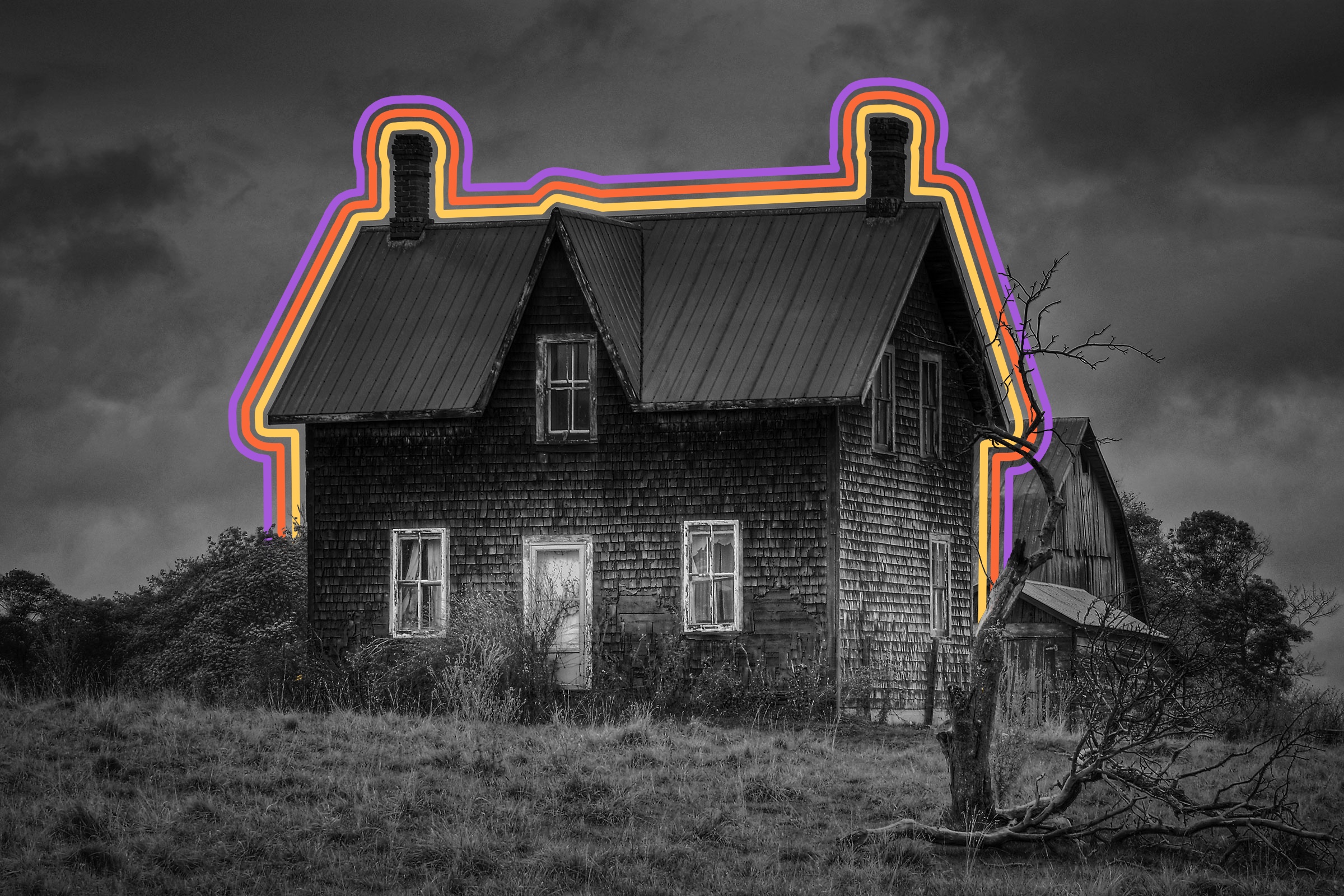
Edgar Allan Poe originally imagined the raven in his famous poem as a parrot.
“Quoth the Raven ‘Nevermore,’” is one of the most iconic — and downright unsettling — phrases in the history of American poetry, but the creature featured in Edgar Allan Poe’s 1845 poem “The Raven” was almost a different bird entirely. In an essay written a year after the poem was published, Poe broke down his creative process and revealed that his first bird of choice was actually a parrot. After deciding that a human muttering the word “nevermore” didn’t quite work, Poe thought maybe a “non-reasoning creature capable of speech” was a better fit. “Very naturally, a parrot, in the first instance, suggested itself,” Poe writes in the essay, “but was superseded forthwith by a Raven, as equally capable of speech, and infinitely more in keeping with the intended tone.”
Ravens can mimic human voices thanks to their syrinx, which is located below their trachea. Birds control the muscles along the walls of the syrinx to produce sound, and this muscular movement combined with the raven’s substantial (at least for a bird) tongue and beak can pull off the auditory nuances necessary to mimic human speech. Thankfully for Poe, the common raven (Corvus corax) sports shiny black feathers rather than the colorful plumage typical of most tropical parrots — more fitting attire for a bird visiting “upon a midnight dreary.”
Edgar Allan Poe is known for the macabre, but before writing some of his most famous works, such as “The Raven,” the 32-year-old Poe created an entire genre on his own — the detective novel. On April 20, 1841, Philadelphia’s Graham’s Magazine published a story called “The Murders in the Rue Morgue.” The tale follows a crime-sleuthing detective named C. Auguste Dupin, a genius who’s challenged to solve the mystery of a “locked-room” double homicide. Writing “Rue Morgue” in just under 10,000 words, Poe introduced staples of the detective story that would be further cemented as part of the genre with the arrival of Arthur Conan Doyle’s Sherlock Holmes more than 40 years later. Based on some of the earliest detective agencies formed in Paris in the 1830s, Poe’s story features ineffectual local police and a protagonist who relies on his immense logic to solve crimes; Dupin’s roommate is even a kind of proto-Watson sidekick. The detective novel might’ve later reached its cultural zenith in Great Britain, but the genre is undeniably American-made.

